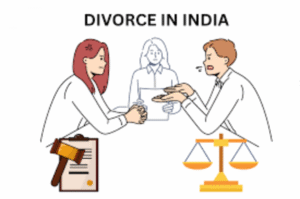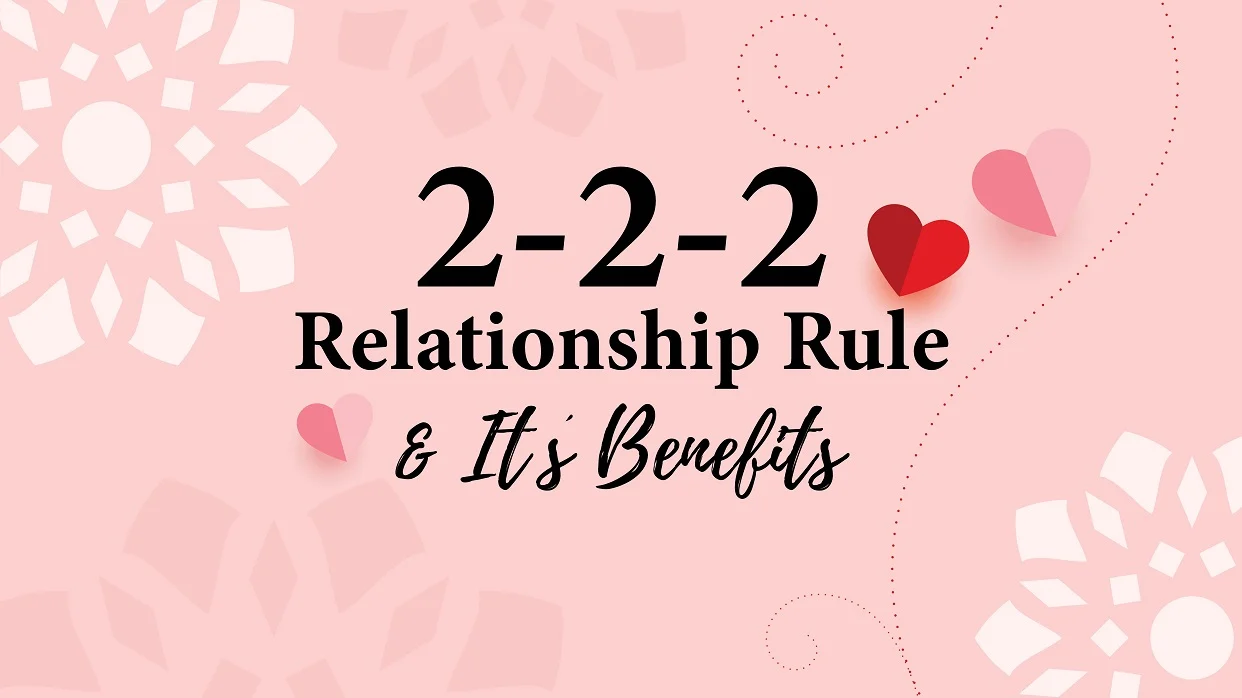Introduction: – In India, marriage has long been regarded as a sacred, lifelong commitment. However, in recent years, specifically in 2023 and 2024, the country has witnessed a significant rising divorces in India . Although once heavily stigmatized, divorce is now gaining acceptance, particularly in urban areas.
This cultural shift has ignited widespread debates, attracted media attention, and raised important questions about the changing dynamics of relationships within Indian society. From Bollywood celebrities and renowned cricketers to social media influencers and everyday citizens, divorces have become more publicly visible, frequent, and normalized. But what factors are contributing to this trend?
Let’s delve into the cultural, personal, and societal reasons behind the surge in Indian divorces over the past two years.

1. Celebrity and Influencer Culture – divorces in India
High-profile divorces often shape public conversations and attitudes. Over the past two years, several notable Indian personalities have parted ways:
Celebrity Divorce In India:
- Dhanush and Aishwaryaa Rajinikanth (2022): After 18 years of marriage, they announced their separation, emphasizing mutual respect and understanding.
- Aamir Khan and Kiran Rao (2021): Although slightly outside the last two-year window, their mature separation had a lasting impact on societal perceptions.
- Pulkit Samrat and Shweta Rohira: Past celebrity divorces that continue to resurface in the media spark ongoing discussions.
- Samantha Ruth Prabhu and Naga Chaitanya (2021): Their separation surprised fans, highlighting incompatibility despite fame and wealth.
Cricketer Divorce In India:
Shikhar Dhawan and Aesha Mukerji (2021): After nine years of marriage, they divorced due to mental peace and compatibility issues.
Hardik Pandya and Natasa Stankovic (2024): tabloid speculation about their relationship evolution have stirred public interest.
These public separations reflect a shift in attitudes toward marriage, especially among younger urban populations. When prominent figures prioritize personal peace over staying in fraught relationships, they inadvertently provide social validation for divorce.

2. Changing Roles & Expectations
- Modern Indian spouses are increasingly moving away from traditional gender roles. Today’s women are more educated, financially independent, and assertive, while men are expected to contribute emotionally and participate in domestic responsibilities.
- When these evolving expectations clash with traditional mindsets, dissatisfaction can arise, often leading to conflict or emotional disconnect if one partner resists change.
3. Financial Independence & Empowerment of Women
- Women are now more empowered than ever. Access to education and careers, along with increased legal awareness, has enabled them to leave unhappy marriages without fear.
- In the past, financial dependence on husbands forced many women to endure mistreatment. Now, with greater self-reliance, women are choosing self-respect over enduring unhappy relationships.
4. Influence of Social Media
- Social media often glorifies “perfect” lives, fostering unrealistic expectations in relationships. Constant comparison, cyberstalking, and public disagreements have become common catalysts for urban divorces in India.
- Moreover, platforms like Instagram, Facebook, and dating apps provide easy access to attention and validation, sometimes enticing individuals toward emotional or physical infidelity.
5. Urbanization & Fast-Paced Lifestyles
- In metropolitan hubs like Mumbai, Delhi, Bengaluru, and Hyderabad, work-related stress, long working hours, and social isolation reduce quality time between partners.
- This lack of emotional connection gradually leads to detachment, turning daily life into a survival routine rather than a shared journey, causing marriages to silently suffer until they reach a breaking point.
6. Mental Health Awareness
- Growing awareness of mental health issues means that more individuals are prioritizing their mental well-being. If a marriage becomes a source of anxiety, toxicity, or emotional exhaustion, people are choosing to leave rather than endure.
- Unlike older generations who “adjusted” for the sake of family or societal expectations, today’s youth are more vocal about their mental health. Therapy and counseling have helped normalize the notion of separation when it serves individual growth.
7. Legal Reforms and Simplified Divorce Procedures
Indian courts have evolved to simplify divorce proceedings in certain cases is Main reason are divorces in India. Mutual consent divorces are now faster, and online counseling and legal assistance platforms have made these services more accessible, even beyond metro cities. This ease of access to legal resources empowers couples to make independent decisions without prolonged suffering.

8. Delayed Marriages and Shorter Courtships
While individuals are marrying later in life, many of these unions are still based on brief datings or arranged setups with limited emotional bonding beforehand. Without deep compatibility, such marriages are more susceptible to breakdown.
9. Infidelity and Digital Cheating
Infidelity has taken on new forms—such as flirtatious texting, secret online profiles, or emotional connections with others online. Digital infidelity is now frequently cited in court cases, especially among technologically savvy couples.
10. Post-Pandemic Realizations
The COVID-19 lockdowns compelled couples to spend extended time together, revealing hidden fissures in their relationships. Many individuals recognized incompatibilities they had previously ignored due to busy schedules. As normalcy resumed, these couples opted to separate, contributing to the spike in divorces post-2022.
💔 Impact on Society
Although the rising divorces In India may seem concerning, it also signifies a maturing society that prioritizes emotional well-being over societal expectations. More children of divorced parents are being raised in co-parenting models. Therapy, group support, and single-parent communities are helping diminish the associated stigma.
Conclusion
- India stands at a cultural crossroads. While tradition still holds sway in many areas, urban India is redefining concepts of marriage, partnership, and personal fulfillment. The increase in divorces is not merely indicative of marital breakdowns but a sign that individuals are taking control of their happiness.
- From celebrities like Dhanush to cricketers like Shikhar Dhawan, the message is clear: a peaceful life after divorce is preferable to a painful marriage dictated by societal norms. The focus today is shifting from “staying married at any cost” to “being happy and fulfilled—even if it means walking alone.”












Leave a Reply